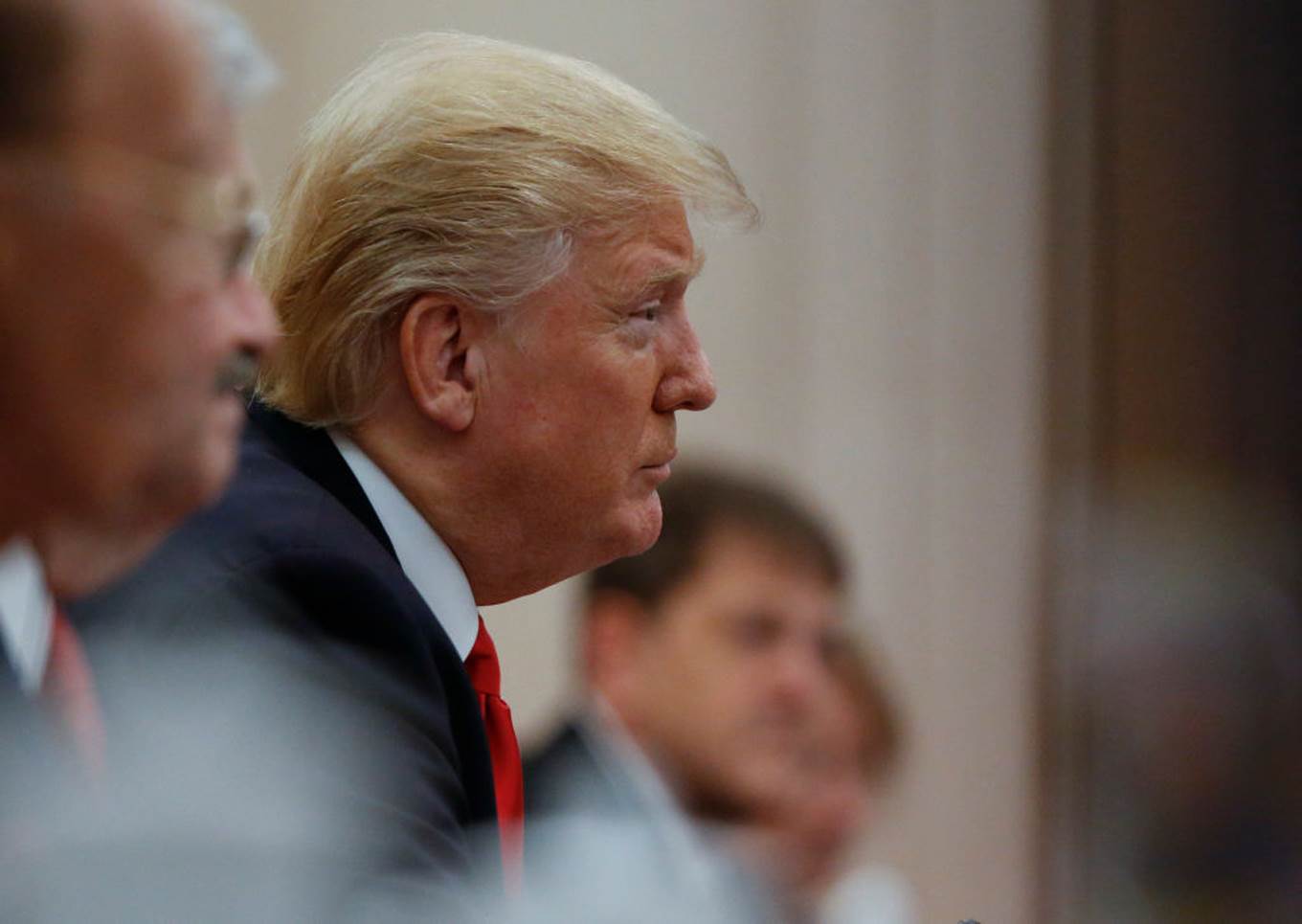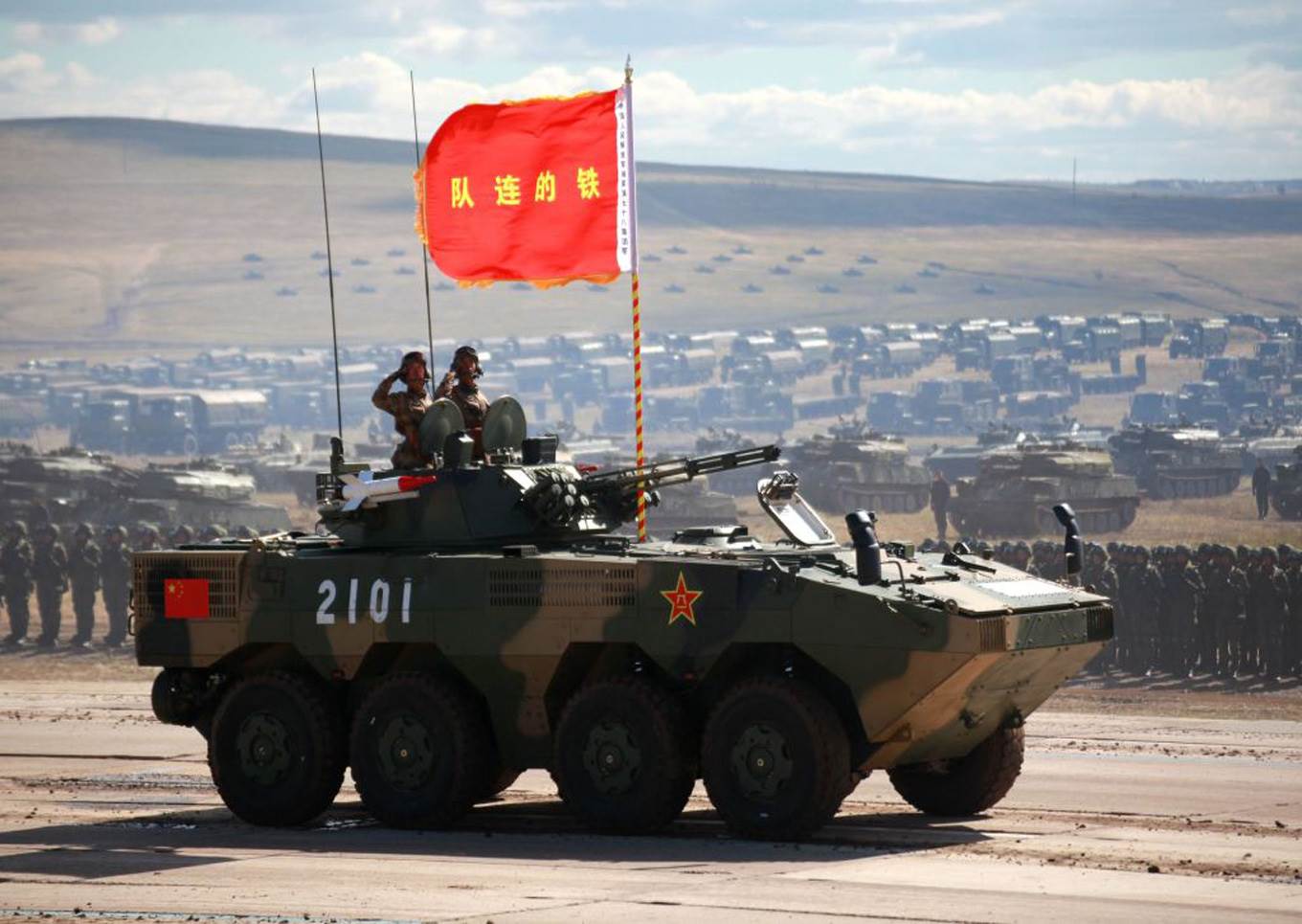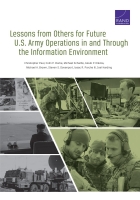Carol Graham and Sergio Pinto
What we know depends on what we measure. Traditional income-based metrics, such as GDP and poverty headcounts, tell a story of unprecedented economic development, as seen by improvements in longevity, health, and literacy. Yet, well-being metrics, which are based on large-scale surveys of individuals around the world and assess their daily moods, satisfaction with life, and meaning and purpose in life, among other things, provide a very different picture of what is happening to people within and across countries—stories that economic numbers often do not tell. Deep poverty and frustration persist in the most fragile countries, and income inequality and unhappiness are increasing in some of the richest ones. Remarkably, some of the most worrisome trends are in countries with rapid economic growth and falling poverty.
INDIA










